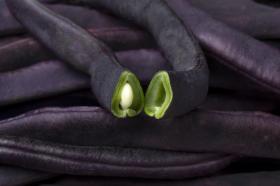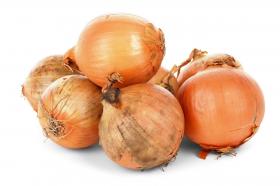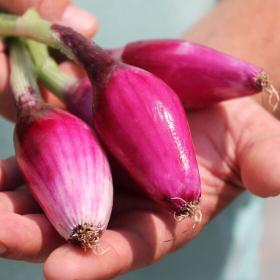
SPINACH NEW ZELAND, organic seeds
Tetragonia tetragonoides
New Zealand Spinach exhibits a slightly prolonged initial development phase, yet subsequently, it vigorously branches out and forms near-complete ground cover. Its triangular, succulent leaves are available for harvest throughout the summer, offering a flavor profile a bit more robust than traditional spinach. For pot cultivation in warm indoor spaces, sow seeds from March to May, while for outdoor or balcony cultivation, opt for sowing from April.Low growing variety with wide spreading habit. Fresh green leaves. It can be used like spinach and eaten either raw or cooked. Germinates unevenly and is slow growing at first but then becomes a vigorous ground cover plant. Frost sensitive. Plants are rarely beset by pests or disease. Raising in a seed bed is recommended.
Because of the succulent-like nature of the leaves, New Zealand spinach is occasionally referred to as ‘ice plant’. Its flavor is very similar to common spinach when young, but becomes bitter and acrid when fully mature.
New Zealand spinach, botanically known as Tetragonia tetragonioides, is not a relative of common spinach as the name may suggest. Instead, it is classified in a genus all its own, and is in the Aizoaceae family, commonly named ice-plant or fig-marigold family. Also known as Maori spinach for the native people of New Zealand, this perennial plant thrives in the heat, whereas common spinach does not. For over two hundred years, Tetragonia was the only exported vegetable native to Australia or New Zealand.
Nutritionally similar to traditional spinach, New Zealand spinach offers high quantities of vitamin A and C. New Zealand spinach has a balance of calcium to phosphorous levels that makes it ideal for calcium absorption in the body. Low in protein, carbohydrates and calories, New Zealand spinach is a a great addition to a balanced diet.
New Zealand spinach can be used like common spinach in a variety of applications; raw, sautéed, steamed, or braised. This leafy vegetable is often foraged locally, where it thrives. Make salads or use as a bed for meats and fish. Sauté and combine with cheeses and herbs to stuff chicken or pork. Add leaves to soups or stews or add cooked New Zealand spinach to lasagnas.
New Zealand spinach contains a high level of oxalic acid which can inhibits the body’s ability to absorb other nutrients, and should be avoided by those prone to developing kidney stones. Cooking can reduce and sometimes rid the vegetable of oxalic acid. (specialtyproduce.com)
Packet 25 seeds
See also:
2.99 €Out of stock
2.35 €Out of stock
2.25 €Out of stock
2.25 €Out of stock
2.25 €Out of stock
2.25 €Out of stock








